Bolts with Sleeves Don’t Require Cutting Bolt Ends
I’ve built many boardwalks, decks, arbors, pergolas, and pavilions over the years. Usually, they’re made from four-by-four posts with beams made from two two-by-sixes held on by bolts and nuts sandwiching the boards to the post. The bolts are usually bought in bulk, and are extra long so they’ll be able to reach through any number of boards. This leaves an unsightly three or four inches of threads clearly visible beyond the face of the board. If the bolt is any lower than about seven feet above ground, this becomes a safety hazard, because anyone using the structure could walk into the bolt end and injure themselves. If it’s higher than seven feet, then it’s just plain ugly. Cut bolts in a pavilion roof truss design, for example, can seriously detract from the structure’s appearance. Either way, using these bolts means I have little choice but to cut the bolt down to a more reasonable half inch or so of threads showing.
However, this creates a whole new host of problems, because cutting a bolt down neatly and safely is a surprisingly hard thing to do. It’s a “make-do” construction standard that persists because until recently there was no other option, and for the most part, no one has spared it any thought. However, newly developed bolts with sleeves work in a clever way so that there’s never any extra length sticking out. Before we explain them, though, let’s talk about why you should stop using your old bolts, the type that need to be cut down.
What’s Wrong with Cutting a Bolt to Length?
Most construction workers have two tools available to cut steel on a job site. The first is a Sawzall, also called a reciprocating saw or a sabre saw. This is a quick and easy tool that cuts swiftly through most nails, screws, bolts, and nuts. Unfortunately, Sawzalls are really meant for demolition work, and do a rough and ready job cutting through bolts, leaving sharp edges. These sharp edges can be almost as much of a hazard as four inches of hard-to-see steel projecting at shin height–as many scarred calves can attest.
While Sawzalls are really not meant for finished metal work, the bandsaws that many contractors carry are. Bandsaws make clean smooth cuts that rarely have sharp edges. The drawback is that these are hard to use, and even experienced metal workers will often end up creating a crescent-shaped or ugly curved cut when using one. This is more an issue of aesthetics than safety, but it can definitely be ugly, especially when the bolt is overhead in a pergola or gazebo for all to see.
If you haven’t done a lot of building or repair work, you may be wondering why it’s not possible to simply cut the bolt end all the way down so it’s flush with the nut. This isn’t advisable because having at least a full rotation of the nut is needed to build up enough momentum to clear threads that were damaged by cutting if you need to remove the nut.
Another issue with cutting bolts is corrosion. The majority of steel fasteners are protected by a coating of zinc, either applied electrically or by dunking the bolt into a bath of molten zinc. Cutting the bolt bypasses this coating completely and opens up the core of the bolt to corrosion. This shortens the life of the bolt, and the life of the structure.
Unique Bolts with Sleeves Do Away with Cutting
Previously, there was no other option for joining large pieces of lumber other than to buy overlength bolts and trim them to size after fastening. Now there’s an odd little sleeved bolt, called an OWT Timber Bolt, that adjusts to the width that it is required to span without requiring any cutting.
The bolt uses a sleeve with interior threads instead at the traditional shaft with threads on the exterior. Both the sleeve and the shaft are split into multiple segments. The shaft segments on either side look very similar to a traditional bolt with a hex head attachment, but the actual part that mates up with the tool that turns it is covered with a cap, visible on the left. In longer lengths, there is a third shaft segment in the middle of the sleeve. To use them, you simply drill a hole, remove one of the end segments, place the sleeved section through the hole, insert the end segment back into the sleeve, remove the protective cap, and tighten. As it tightens, the bolt contracts to the width needed. You replace the end cap and you’re left with a neatly fitted, and neat looking, end for your bolt. The bolt’s manufacturer, OZCO Building Products, has created a video that may make how it all works more clear.
These timber bolts have many advantages over cutting overly long bolts to fit. The first and most obvious is that it simply looks better. Instead of one end being a (literal) hack job there is symmetry, with finished-looking nuts and washers on both sides of the timbers. This also addresses the safety issues that arise from having a sharp, protruding cut bolt on your structure. Moreover, these bolts are capable of being reused if and when a need to replace lumber does arise. Wood does decay over time, and replacing individual pieces expands the life of the structure. An uncut bolt with the threads intact is easily unscrewed and reused, which is more cost-effective than repeatedly buying ill-sized bolts in bulk.
The OWT timber bolt is galvanized and powder coated for superior corrosion resistance, combining durability and an attractive appearance that remains intact because the bolt never needs to be cut. OZCO Building Products brings this kind of design and engineering thoughtfulness to their whole line of outdoor timber screws, decorative truss ties, post bases, and anchors, for a made-to-be-seen look that lasts wherever it is used.

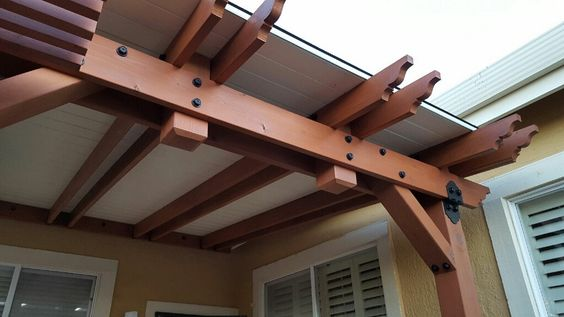


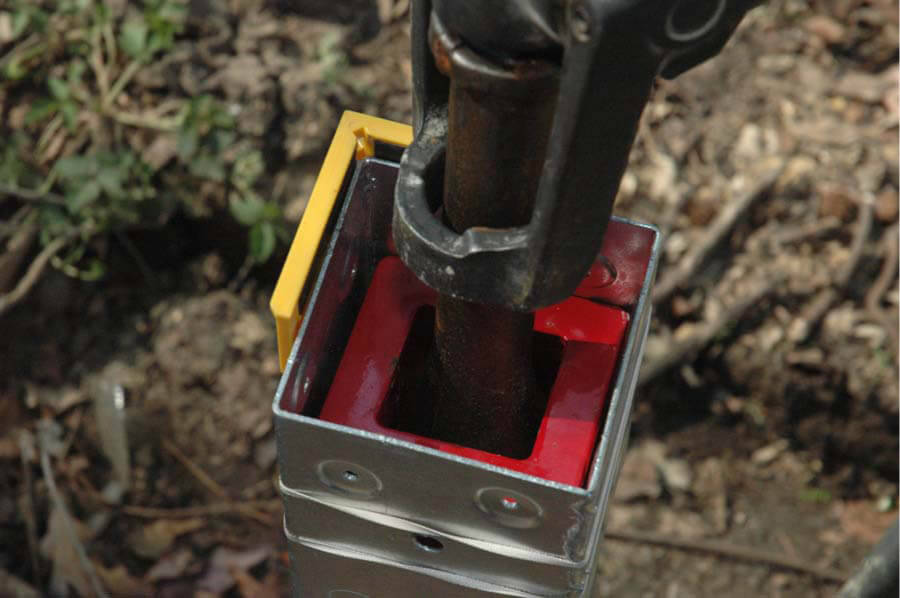
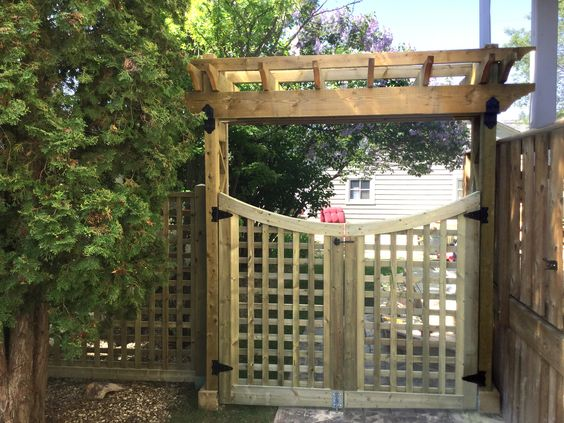

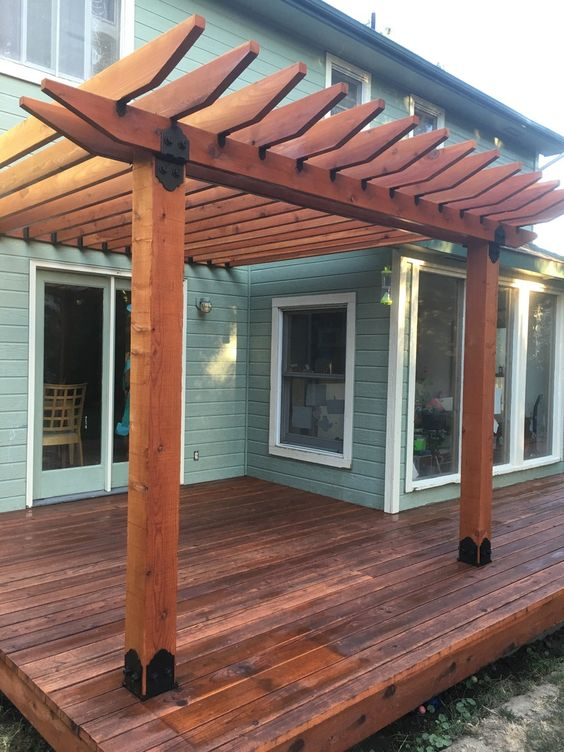


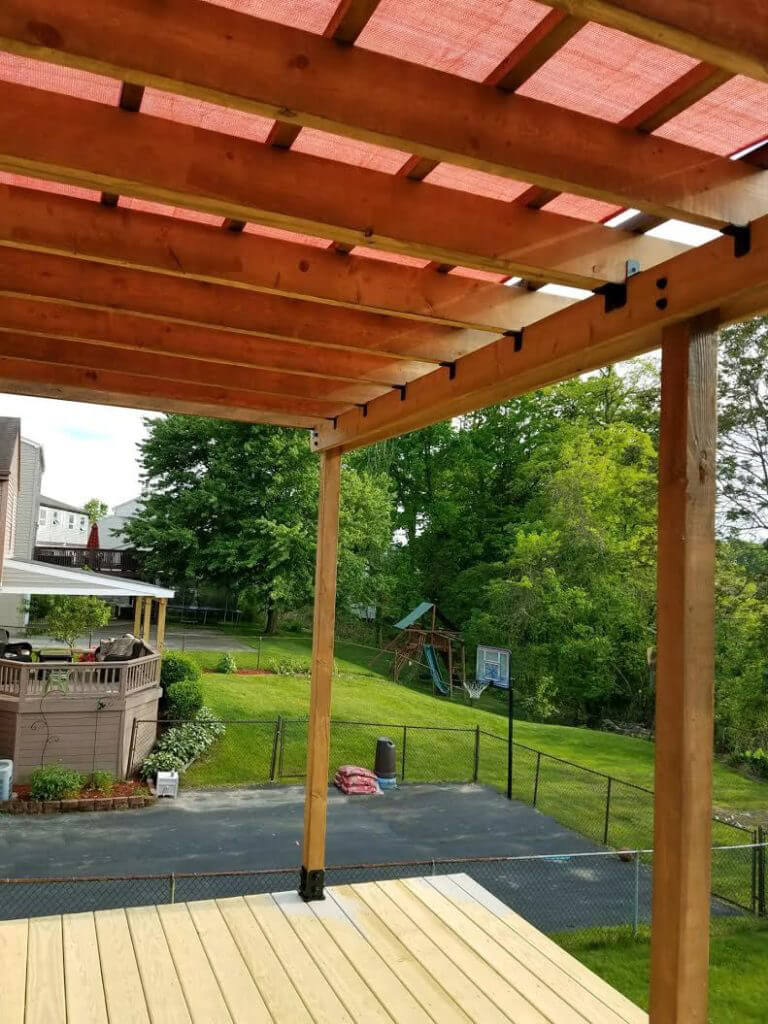

Leave a Reply